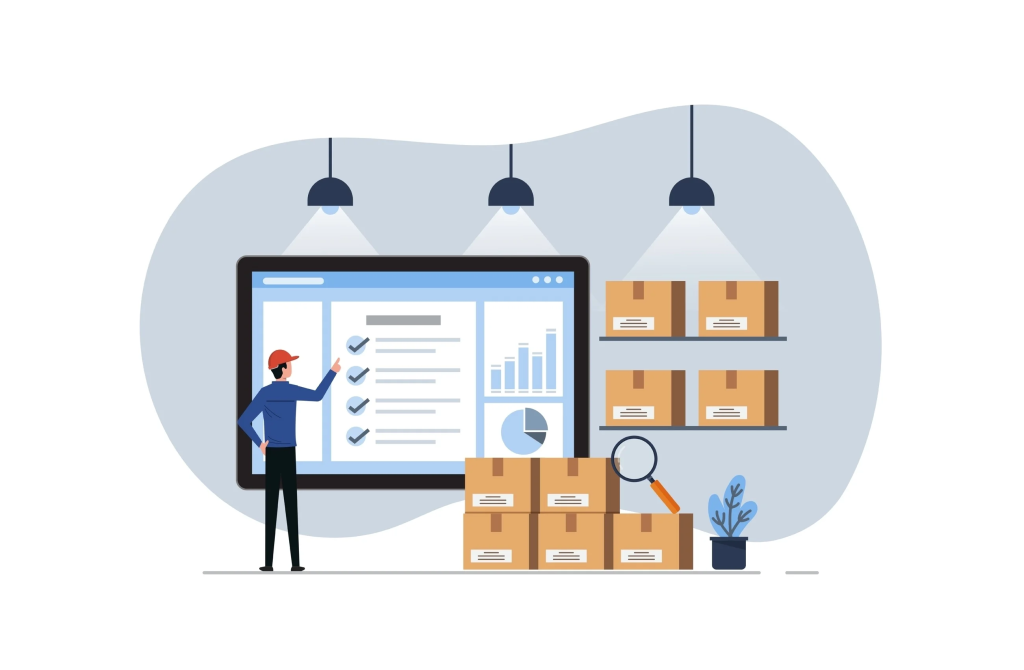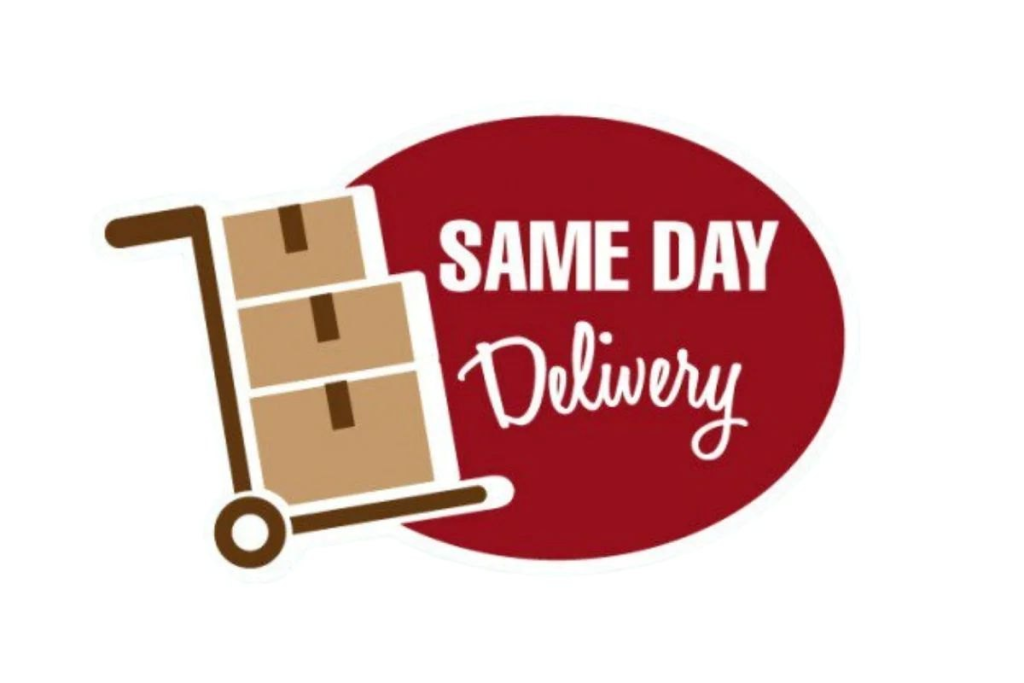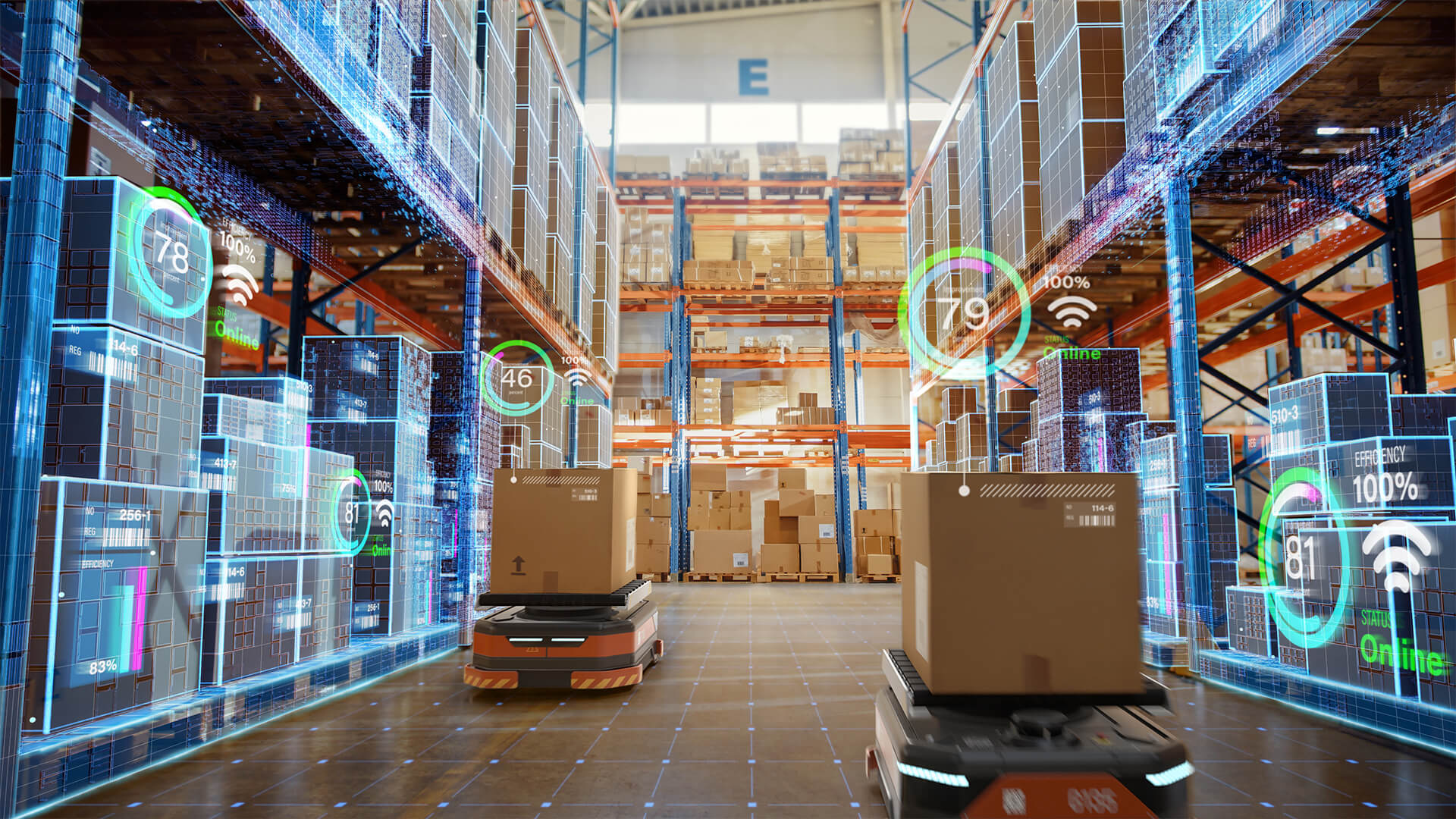How Same-day Delivery Impacts E-commerce Warehouse Logistics Strategy
Same-day delivery has rapidly shifted from a premium offering to a customer expectation in modern e-commerce. Giants like Amazon, Walmart, and JD.com have set new standards for delivery speed, forcing other retailers to adapt their warehouse logistics strategies to remain competitive. But it is not just about speeding up couriers; it fundamentally changes how warehouses operate, where they are located, and how inventory is managed.
This article explores how same-day delivery impacts e-commerce warehouse logistics strategies, challenges businesses face, and best practices for implementing this demanding service efficiently.

1. The Rising Demand for Same-day Delivery
In an era of instant gratification, consumers increasingly expect to receive online orders on the same day they purchase them. Studies show that:
- Over 56% of online shoppers aged 18-34 prefer same-day delivery.
- Nearly 61% are willing to pay extra for urgent delivery.
- Retailers offering same-day delivery see higher cart conversion rates and reduced abandonment.
These figures highlight that same-day delivery is no longer a differentiator; it is quickly becoming necessary for e-commerce success.
2. How Same-day Delivery Changes Warehouse Logistics Strategy
2.1 Warehouse Location Optimization
Same-day delivery requires warehouses to be closer to customers. Traditional large regional fulfillment centers located in remote areas to save on rental costs are unsuitable for ultra-fast delivery.
Key changes include:
- Shifting to urban or micro-fulfillment centers located within or near city centers.
- Building multiple smaller warehouses in strategic locations instead of one large facility.
- Using data analytics to identify the highest demand areas and optimize warehouse placement.
For example, Amazon’s network of urban Prime Now hubs enables two-hour and same-day delivery in densely populated cities.
2.2 Inventory Management Adjustments

Same-day delivery demands accurate, real-time inventory management. Poor stock accuracy can lead to failed promises, customer dissatisfaction, and loss of brand trust.
Strategies include:
- Splitting inventory strategically across multiple warehouses based on demand patterns.
- Using AI-based inventory optimization tools to predict which SKUs to stock locally.
- Implementing automated picking systems to speed up order preparation.
2.3 Warehouse Design and Layout
Speed becomes the priority over storage density. Warehouses supporting same-day delivery often have:
- Shorter pick paths to minimize picker travel time.
- Goods-to-person automation systems include conveyor belts, vertical lift modules, or robotics.
- Dedicated same-day picking zones for fastest-moving SKUs.
This reconfiguration increases operational costs but is critical for meeting narrow delivery windows.
2.4 Workforce Planning and Shift Management

Same-day delivery increases order volume fluctuations throughout the day. Warehouse managers must plan flexible shifts, cross-train staff, and extend operating hours to meet late cut-off times for same-day dispatch.
Some companies also integrate gig economy models to add temporary labor during peak hours.
2.5 Technology Integration
To coordinate orders, inventory, and shipping in real time, warehouses supporting same-day delivery rely on:
- Advanced Warehouse Management Systems (WMS) are integrated with e-commerce platforms.
- Real-time order tracking and dynamic route optimization software.
- IoT devices for faster barcode scanning, picking accuracy, and inventory visibility.
3. Challenges of Same-day Delivery for E-commerce Logistics

While attractive to customers, implementing same-day delivery poses significant challenges:
- Higher operational costs due to increased labor, multiple facilities, and smaller shipment sizes.
- Complex supply chain coordination requires tight integration between warehouses, couriers, and inventory systems.
- Limited product range, as not all SKUs can be stocked in every local warehouse due to space constraints.
- Environmental impact, with more frequent and fragmented deliveries increasing carbon footprints.
To find a sustainable solution, businesses must weigh these challenges against customer demand and profitability.
4. Best Practices for Implementing Same-day Delivery

To successfully integrate same-day delivery, e-commerce brands can adopt these best practices:
- Start with a pilot region – Test same-day delivery in select high-demand cities before scaling nationwide.
- Use micro-fulfillment centers – Small, automated warehouses closer to customers reduce last-mile delivery time.
- Leverage 3PL and 4PL partners – Partner with logistics providers offering same-day capabilities without heavy upfront investment.
- Optimize SKU assortment – Only stock top-selling, fast-moving items for same-day delivery to reduce complexity.
- Set realistic cut-off times – Balance customer expectations with operational feasibility to ensure promise accuracy.
- Invest in technology – A robust WMS and route optimization software are critical for efficiency.
- Communicate transparently – Inform customers about delivery options and cut-off times to build trust.
5. Conclusion
Same-day delivery is redefining the logistics strategy of e-commerce warehouses. Brands that adapt by optimizing warehouse locations, redesigning layouts for speed, leveraging technology, and managing costs effectively will gain a strong competitive edge in the fast-evolving online retail market.
While the implementation is complex and resource-intensive, the benefits include higher customer satisfaction, increased conversion rates, and stronger market positioning. As consumer expectations continue to rise, investing in same-day delivery capabilities is essential to long-term e-commerce success.
Industry Insights
news via inbox
Nulla turp dis cursus. Integer liberos euismod pretium faucibua








